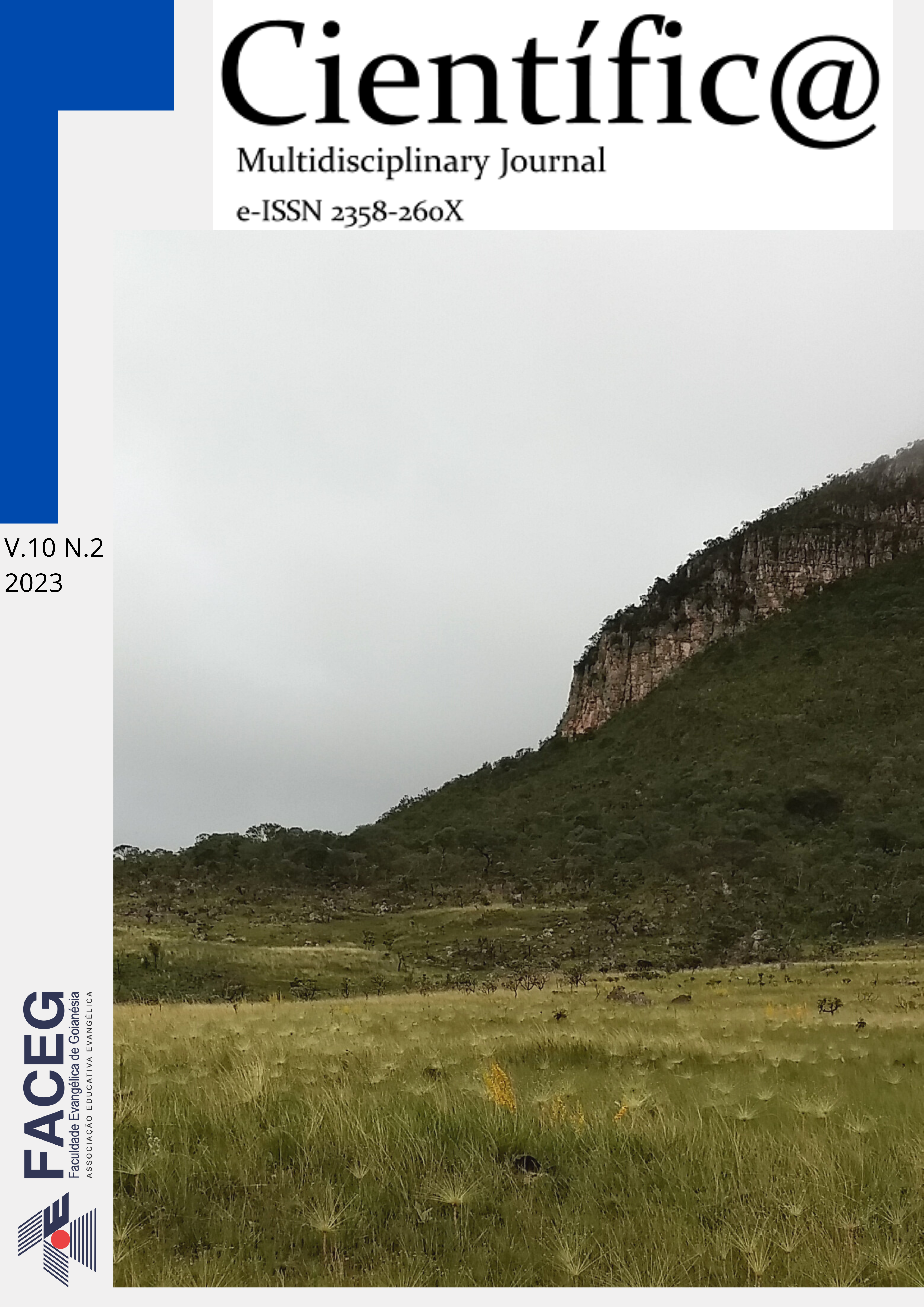ATUAÇÃO DO FISIOTERAPEUTA NO TRABALHO DE PARTO: UM RELATO DE EXPERIÊNCIA
DOI:
https://doi.org/10.37951/2358-260X.2023v10i2.6837Resumo
Introdução: A gestação é um momento singular na vida de várias mulheres em que inúmeras alterações biológicas, psicológicas e sociais na vida da gestante. A fase final desse processo, consiste no parto, em que o bebê gerado inicia uma vida extrauterina, sendo possível classificá-lo em parto vaginal e parto cesariano. O Ministério da Saúde busca estimular as maternidades a efetuarem condutas que ofereçam uma melhor assistência para as gestantes durante o parto, havendo mudanças tanto na adequação da estrutura física e dos equipamentos, como no preparo dos profissionais de saúde. Dessa forma, a assistência por uma equipe multidisciplinar durante esse momento tem sido cada vez mais reconhecida. Dentro da equipe, encontra-se o fisioterapeuta, que contribui para a melhora da dor e no processo de dilatação, cooperando na descida do bebê e reduzindo o tempo do trabalho de parto. Objetivo: Relatar a experiência de discentes do curso de fisioterapia na assistência a gestantes no trabalho de parto. Metodologia: Trata-se de um estudo descritivo, do tipo relato de experiência, elaborado a partir da vivência de discentes do curso de fisioterapia na assistência a gestantes em trabalho de parto no Hospital e Maternidade Almeida Castros, na cidade de Mossoró/RN, ocorridos entre 16 de março ao dia 14 de abril de 2023, por meio do estágio supervisionado de Fisioterapia em Uroginecologia e Obstetrícia. Resultados e Discussões: Inicialmente os discentes foram apresentados ao ambiente hospitalar e a equipe multiprofissional responsável pelo setor, posteriormente foi realizada a leitura dos prontuários a fim de conhecer o estado clínico das parturientes e planejamento das abordagens fisioterapêuticas. Logo após, foram encaminhados à sala de pré-parto onde iniciaram com orientações e condutas. Foram realizadas técnicas de deambulação e posicionamento, mobilizações pélvicas e massagens relaxantes na região lombossacral. Após a evolução da dilatação do colo uterino para 9 cm, as parturientes foram transferidas para a sala de parto, no qual seguiram em acompanhamento da fisioterapia até a expulsão do bebê. Considerações finais: Foi possível verificar a importância do fisioterapeuta na assistência às parturientes, visto que as condutas contribuíram com a redução do tempo de trabalho de parto, proporcionando segurança e conforto às gestantes, tornando indispensável a presença do fisioterapeuta nesse momento para ressignificar o sentido do parto, tornando-o mais humanizado.
Downloads
Publicado
Como Citar
Edição
Seção
Licença
Esta revista oferece acesso livre imediato ao seu conteúdo, seguindo o princípio de que disponibilizar gratuitamente o conhecimento científico ao público proporciona maior democratização mundial do conhecimento.
A partir da publicação realizada na revista os autores possuem copyright e direitos de publicação de seus artigos sem restrições.
A Revista Científic@ - Multidisciplinary Journal segue os preceitos legais da licença Creative Commons - Atribuição-NãoComercial 4.0 Internacional. 

